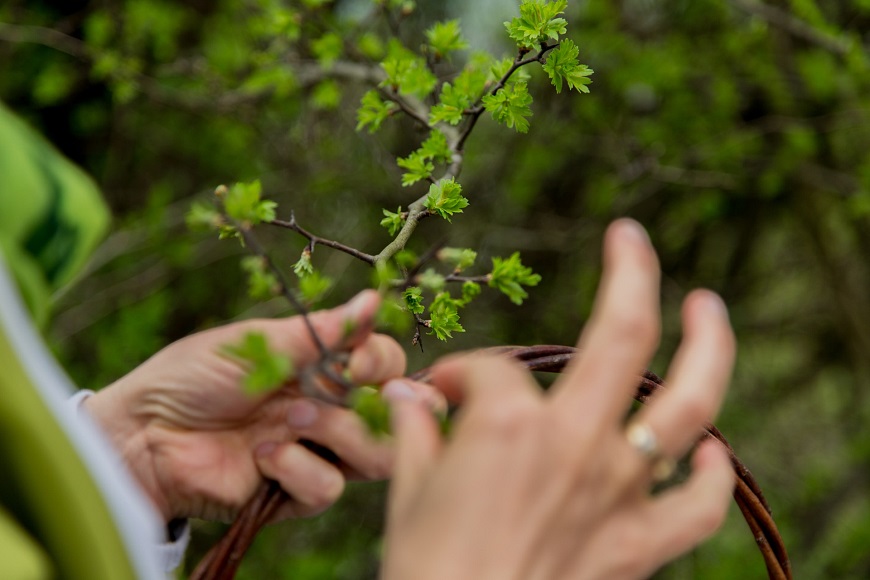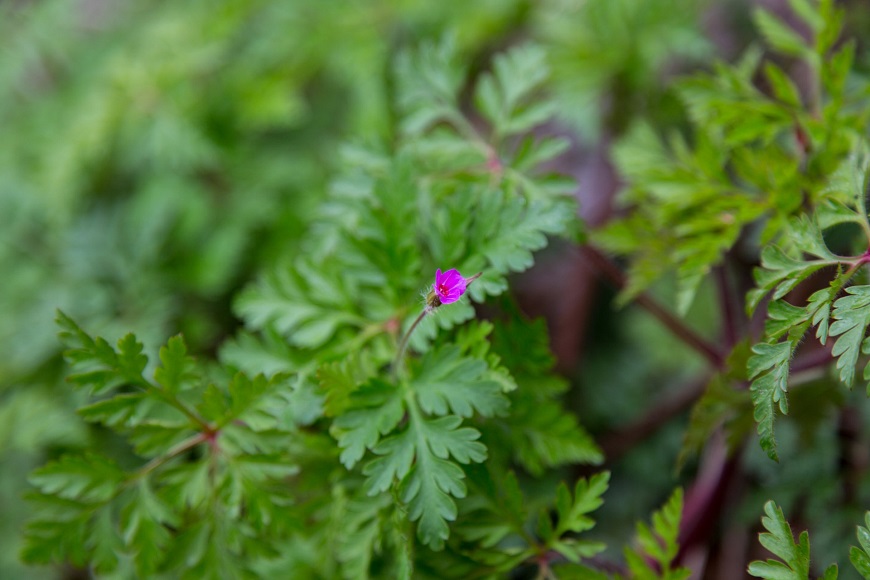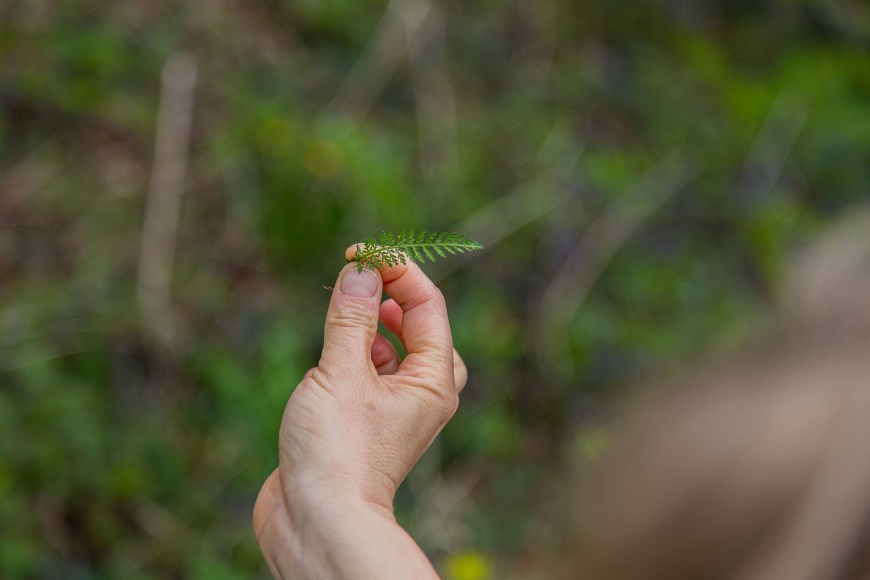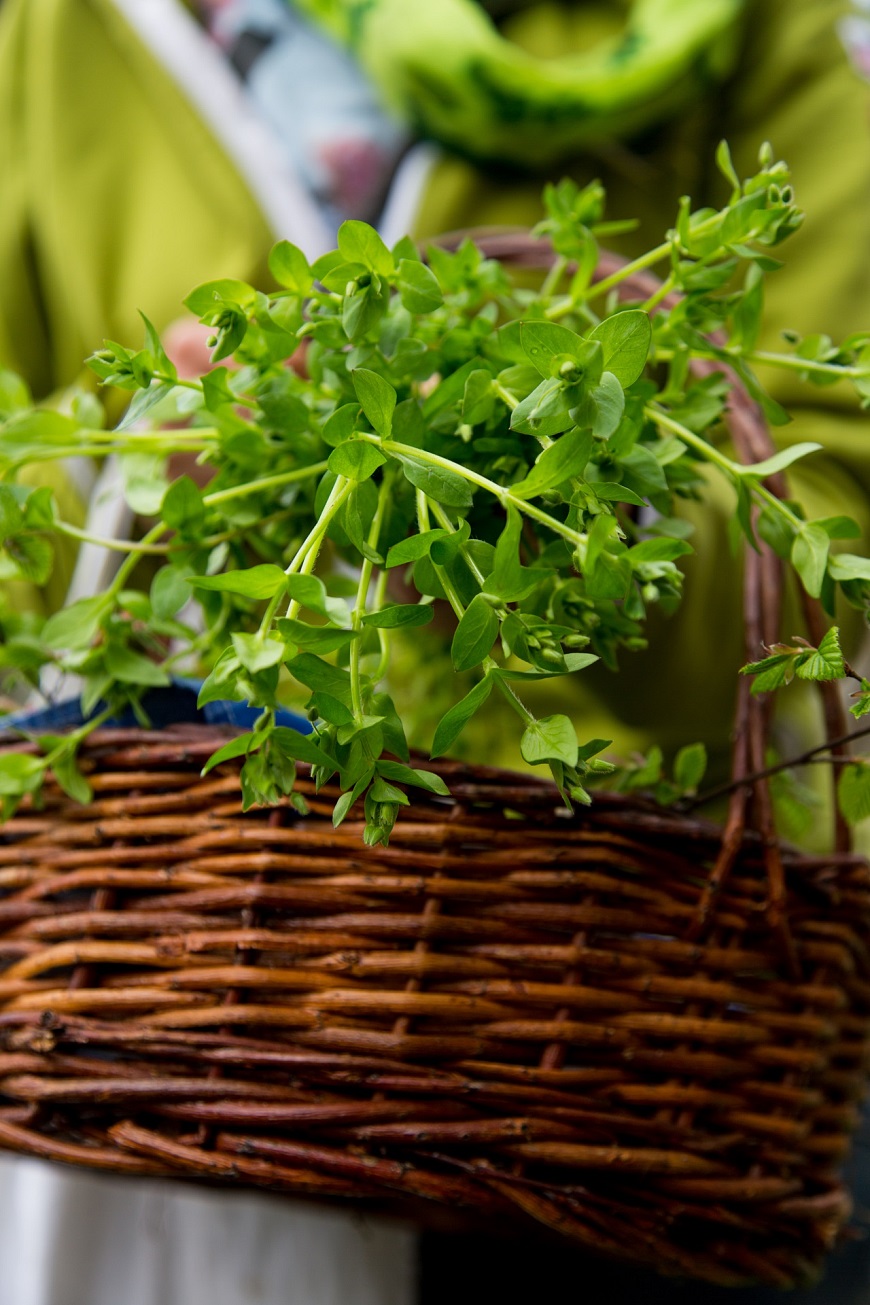Herb walk at Brentenjoch

Active & nature
by Maria Bachmann
Herb walk at Brentenjoch
“Our country’s nature offers nearly everything” explains Maria Bachmann, while we are walking up a little path in Erl. Equipped with a wooden basket, a fabric bag as well as a book about herbs, I am curious what we will find in the wild environment. Facing the ground, we detect various herbs already in the first turn.
I doesn’t matter which plants Maria Bachmann touches, she knows every herb. If she is not sure, she just has a glance in her book and educates herself further. She is a nature expert thoroughly. “Wild garlic and watercress are the most popular herbs during spring season.”, she declares, while standing in front of a huge sea of leaves. Every time we explore new places – meadows, woods and streams – we make a finding. Two hours later, we relax on a bench at the foot of the Wilder Kaiser with loads of experiences. Now it is time to inspect our herbs, which fill our basket and we immerse in the world of wild herbs.
Some herb basics for you:
This plant is related to the geranium and often referred to as the “smelly cranesbill” because of its harsh scent. The plant extracts the negative energy from one’s body. It is named “crane” as it supposed to help women who desire a baby.

Taking a closer look at the yarrow, it becomes very obvious why it is called the “eyebrow of the Venus”. The curved plant with its short lashes has a very intense taste.

The hawthorn catches one’s attention because of its lush spring blossoms and later by it shiny red fruits at the side or trails or between hedges. The hawthorn is easily recognizable by its little white thorns.

One oft he most important plants, which is unfortunately often designated as “bothersome weed”. It flourishes mainly in summer and helps for iron deficiency.
Maria’s hint: Pick a stinging nettle directly under the leaves at the stem!
It grows in almost every garden and is often considered as an annoying weed. However, its flowers in the shape of a star are a valuable protection and mulch substitute for the bare ground. The chickweed is mainly recognized by its taste: it tastes like raw corn.

It is one of the most popular herbs in spring and grows mainly in woodlands with acidic soils. Due to its strong garlic-like smell you can hardly oversee the plant covering shady forest places. The main flowering season is in April, the month with a high reproduction rate.
After the herbology lesson with Maria I am more than fascinated. Either it’s her enormous knowledge or the manifold effects of countless plants. But one thing is clear: From now on, I'll take a close look at the wild herbs along the way when going for a spring hike.
0 Comment (s)
More comments